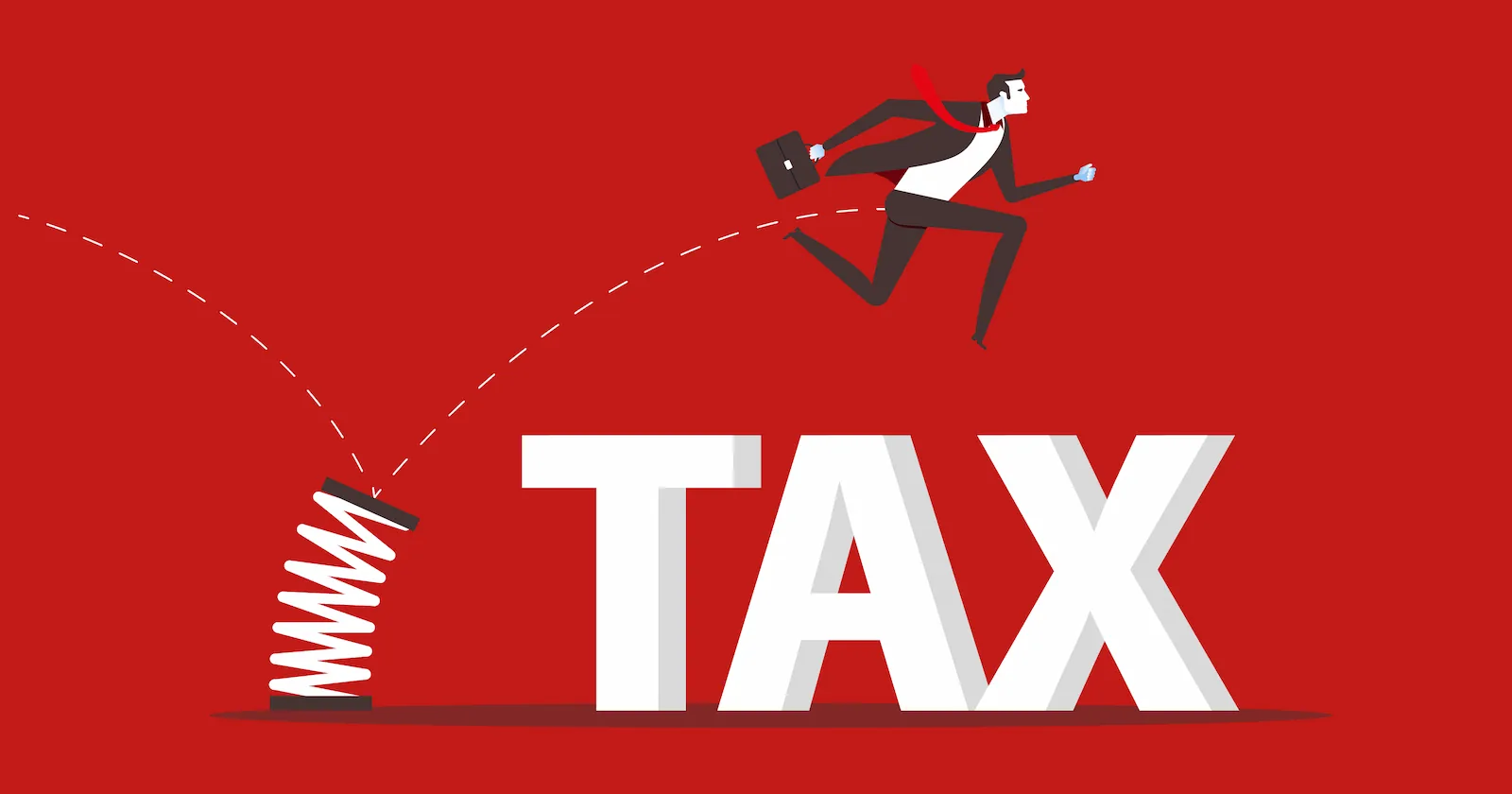To maximize returns on investment, investors prefer investment instruments that have tax benefits. For every investment, three components can be taxed by the government. These include:
- The initial amount that is invested into an instrument
- The returns or interest that is generated from the investment, and
- The final lump sum amount that is withdrawn by the investor
For each of the components, how much of it is taxable or whether it is taxable at all varies on a case-to-case basis.
This has given rise to the Exempt-Exempt-Exempt (EEE) tax regime, wherein certain investment instruments allow for all three components to be exempted from taxation.
- Under this, the first exempt indicates that the investment amount is eligible for deductions.
- The second exempt is meant to indicate that any interest or returns earned during the period of investment is exempt from taxation.
- The third exempt is meant to specify that at the end of the investment period, the entire amount that is withdrawn by the investor is also exempt from taxation.
Exempt-Exempt-Exempt tax regime usually applies for long-term investments that are intended to build a corpus to meet long-term goals. For instance, investment instruments such as Public Provident Fund (PPF) and Employee Provident Fund (EPF) are covered under the Exempt-Exempt-Exempt tax regime. Other tools like ULIPs are also covered under the Exempt-Exempt-Exempt tax regime.
What is EET and ETE?
There are two other categories you should know about:
- Exempt-Exempt-Taxable (EET) - The amount that is invested and the returns or interests that are generated in the period of investment are exempt from taxes. However, the lump sum amount that is withdrawn by the investor at the end of the investment period is liable for taxation.
- Exempt-Taxable-Exempt (ETE) - Investment instruments that fall under the exempt taxable, exempt category allow for the initial amount of investment and the final lump sum amount withdrawn to be free for taxation. However, the interests or returns earned on the investment instrument during the investment period is liable to taxation. These include the fixed deposits made at banks, wherein the return generated is taxed regularly.
Which instruments come under the Exempt-Exempt-Exempt tax regime?
The following are the instruments that reap benefits for investors through the Exempt-Exempt-Exempt tax regime in India:
- Equity Linked Saving Scheme (ELSS)
These mutual funds generally invest in equities stocks, making them subject to market fluctuations and potentially dangerous. However, when market circumstances are stable, the returns produced are fairly large. Due to Section 80C of the Income Tax Act of 1961, investments in ELSS funds up to Rs. 1,50,000 are totally tax-free. The three-year lock-in period for ELSS is waived in exchange for partial withdrawals in the form of tax-free profits.
- Public Provident Fund (PPF)
PPF is one of the most well-liked investment vehicles for people trying to save money for retirement and other long-term objectives. The fund guarantees complete investment safety, zero risk, and steady corpus expansion. Due to its inclusion within India's Exempt-Exempt-Exempt tax regime, the investment is not only tax-free due to Section 80C of the Income Tax Act but is also free of taxes when being invested in as well as when earning returns or income from it.
- Employee Provident Fund (EPF)
Employers are required by law to withhold 12 percent of an employee's pay as an EPF contribution in the corporate sector. The employer also contributes the same amount in equal amounts to the fund. The money invested in the EPF is exempt from taxation under Section 80C of the Income Tax Act. The investment product is highly sought after by investors because it offers tax-free interest payments as well.
- Unit Linked Insurance Plan (ULIP)
Unit Linked Insurance Plan is a three-in-one policy (ULIP). It offers tax advantages, savings, and protection. It provides tax advantages in addition to life insurance and helps investors put money into other market-linked assets to pursue long-term goals.
The lock-in term for ULIPs is only five years, even though they can last 15, 20, or even longer. If you choose to terminate the policy (which is allowed after 5 years), or when it matures, the fund value is tax-free.
Many people argue that ULIPs lack flexibility (five-year lock-in period). It is actually one of the main benefits of ULIPs rather than a disadvantage. Because ULIPs require compulsory investments, you are guaranteed to remain focused on the bigger objective of achieving financial independence and you end up accumulating a substantial quantity of wealth.
Conclusion
If you're searching for solutions that combine offer Exempt-exempt-exempt tax regime, ULIPs are a fantastic choice. Before choosing a ULIP, do your research on all of the available ones. There are numerous possibilities available on the market, but it's crucial that you pick one that fully satisfies all of your requirements. Examine the rates, features, perks, and restrictions of the insurance plans provided by various companies. Consider your risk tolerance before shortlisting an insurance as well. Knowing your risk tolerance will help you decide if you want to choose a ULIP or another insurance plan because fixed returns are not guaranteed in ULIPs. To get help in finding the best ULIPs plan for you, feel free to connect with our trusted financial advisors today!



Comments